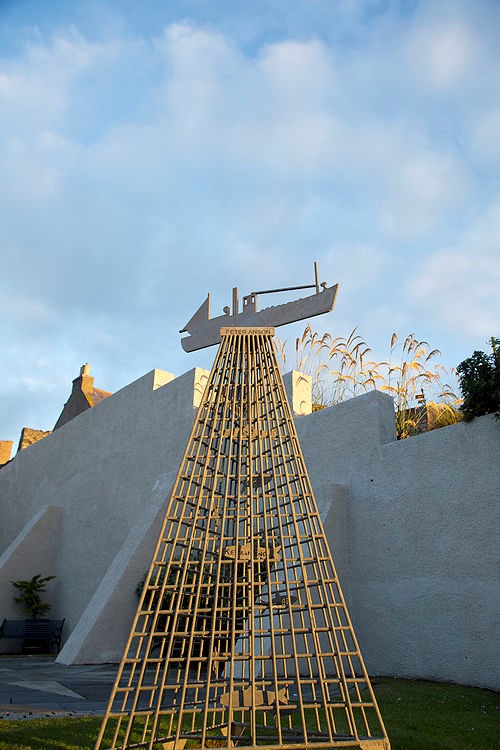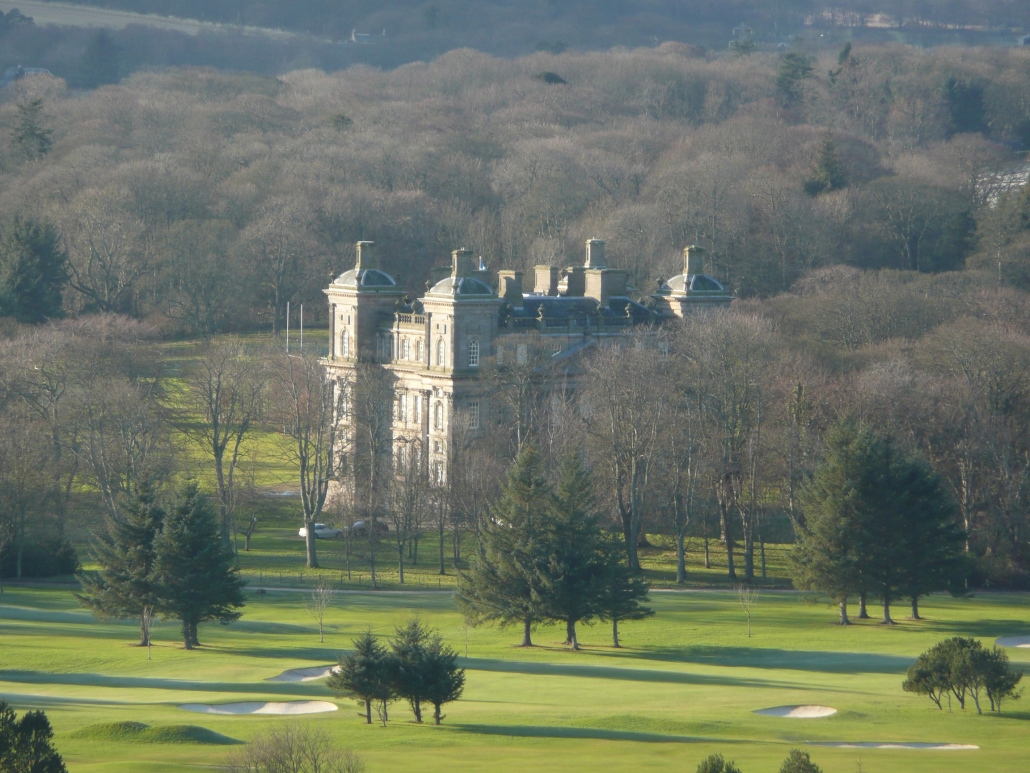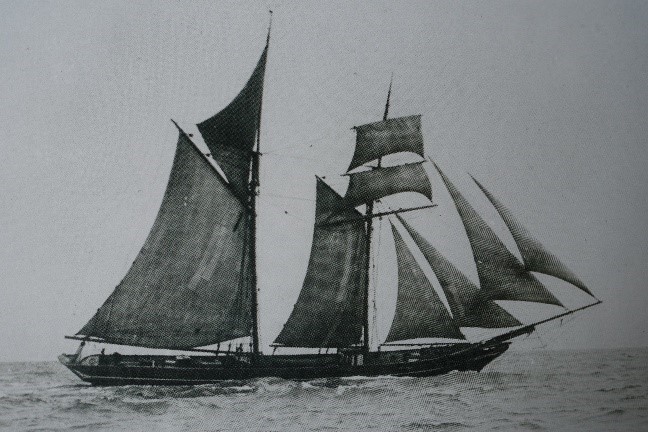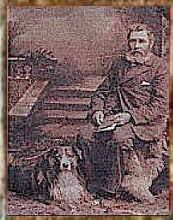
Peter Anson came to this area in 1936, staying at 2 Braeheads Banff. Two years later he bought and moved into 2 Low Street Macduff, known locally as ‘Harbour Head’. Over the course of his lifetime (1889-1975) he published over thirty books, many dealing with the sea and its ships, and others focusing on his other love, the Catholic religion. Of all his books only one could be described as a best seller, How to Draw Ships (1940). He also produced many drawings related to the sea, some of which are on display in Banff’s Museum.
Peter Anson was born Frederick Charles Anson in Southsea on 22 August 1889, to prosperous parents. He converted to Roman Catholicism in 1913 and was received into the Third Order of the Franciscans in 1922, adopting the name Peter. While living in Macduff he turned the loft of Harbour Head into a small sacristy, where visiting monks would say mass for visiting mariners: Peter was no longer a member of the Order. The area of the sacristy was minute and containing as it did an altar table and other religious equipment had little space for church goers, not that there were ever many. Despite the lack of church goers, Peter took satisfaction from having it known that Macduff was the only port in Scotland with a Catholic chapel set apart for mariners.
During his time in Macduff (1937-1952) Peter was acquainted with notables, such as Neil M. Gunn and Compton Mackenzie, and became involved in the early activities of Scottish nationalism. Indeed, the Scottish Nationalist Party invited him to write a pamphlet which appeared with the title, The Scottish Fisheries: Are they Doomed? (1939).
Peter had a great personality and had empathy for fisher folk and they for him. There are not many public memorials in Macduff, but it comes as no surprise to find there is a sculpture in memory of Peter Anson.







